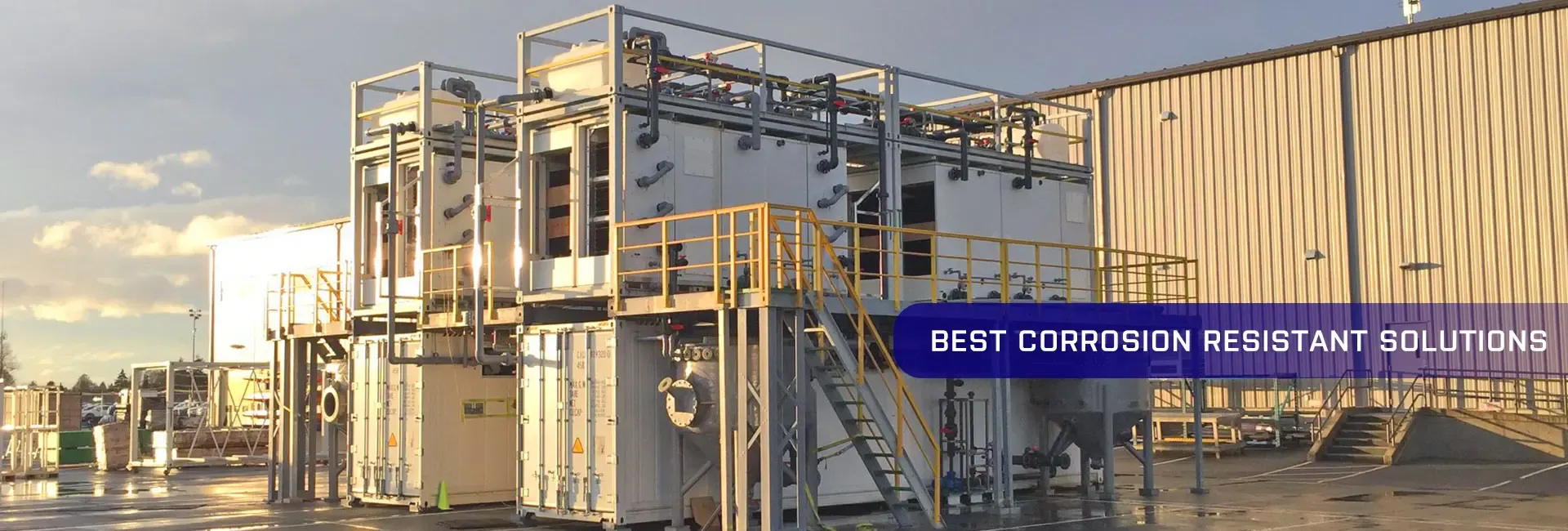
-
 Afrikaans
Afrikaans -
 Albanian
Albanian -
 Amharic
Amharic -
 Arabic
Arabic -
 Armenian
Armenian -
 Azerbaijani
Azerbaijani -
 Basque
Basque -
 Belarusian
Belarusian -
 Bengali
Bengali -
 Bosnian
Bosnian -
 Bulgarian
Bulgarian -
 Catalan
Catalan -
 Cebuano
Cebuano -
 China
China -
 China (Taiwan)
China (Taiwan) -
 Corsican
Corsican -
 Croatian
Croatian -
 Czech
Czech -
 Danish
Danish -
 Dutch
Dutch -
 English
English -
 Esperanto
Esperanto -
 Estonian
Estonian -
 Finnish
Finnish -
 French
French -
 Frisian
Frisian -
 Galician
Galician -
 Georgian
Georgian -
 German
German -
 Greek
Greek -
 Gujarati
Gujarati -
 Haitian Creole
Haitian Creole -
 hausa
hausa -
 hawaiian
hawaiian -
 Hebrew
Hebrew -
 Hindi
Hindi -
 Miao
Miao -
 Hungarian
Hungarian -
 Icelandic
Icelandic -
 igbo
igbo -
 Indonesian
Indonesian -
 irish
irish -
 Italian
Italian -
 Japanese
Japanese -
 Javanese
Javanese -
 Kannada
Kannada -
 kazakh
kazakh -
 Khmer
Khmer -
 Rwandese
Rwandese -
 Korean
Korean -
 Kurdish
Kurdish -
 Kyrgyz
Kyrgyz -
 Lao
Lao -
 Latin
Latin -
 Latvian
Latvian -
 Lithuanian
Lithuanian -
 Luxembourgish
Luxembourgish -
 Macedonian
Macedonian -
 Malgashi
Malgashi -
 Malay
Malay -
 Malayalam
Malayalam -
 Maltese
Maltese -
 Maori
Maori -
 Marathi
Marathi -
 Mongolian
Mongolian -
 Myanmar
Myanmar -
 Nepali
Nepali -
 Norwegian
Norwegian -
 Norwegian
Norwegian -
 Occitan
Occitan -
 Pashto
Pashto -
 Persian
Persian -
 Polish
Polish -
 Portuguese
Portuguese -
 Punjabi
Punjabi -
 Romanian
Romanian -
 Russian
Russian -
 Samoan
Samoan -
 Scottish Gaelic
Scottish Gaelic -
 Serbian
Serbian -
 Sesotho
Sesotho -
 Shona
Shona -
 Sindhi
Sindhi -
 Sinhala
Sinhala -
 Slovak
Slovak -
 Slovenian
Slovenian -
 Somali
Somali -
 Spanish
Spanish -
 Sundanese
Sundanese -
 Swahili
Swahili -
 Swedish
Swedish -
 Tagalog
Tagalog -
 Tajik
Tajik -
 Tamil
Tamil -
 Tatar
Tatar -
 Telugu
Telugu -
 Thai
Thai -
 Turkish
Turkish -
 Turkmen
Turkmen -
 Ukrainian
Ukrainian -
 Urdu
Urdu -
 Uighur
Uighur -
 Uzbek
Uzbek -
 Vietnamese
Vietnamese -
 Welsh
Welsh -
 Bantu
Bantu -
 Yiddish
Yiddish -
 Yoruba
Yoruba -
 Zulu
Zulu
exploring efficient methods for streamlining frp laundering
Exploring Efficient Methods for Streamlining FRP Laundering
In recent years, the rise of Fiber Reinforced Polymer (FRP) composites in a variety of industries has prompted a demand for effective laundering processes to manage their lifecycle. FRP materials, known for their lightweight and high-strength characteristics, are increasingly popular in sectors such as automotive, aerospace, and construction. However, the recycling and laundering of FRP components present significant challenges due to their complex composition. This article delves into efficient methods for streamlining FRP laundering, emphasizing the importance of innovation in recycling processes to enhance sustainability.
Understanding FRP Laundering Challenges
FRP materials are composed of a polymer matrix reinforced with fibers, typically glass, carbon, or aramid. This composite structure contributes to their desirable mechanical properties but complicates the laundering process. Traditional methods of disposal, such as landfilling, have become less acceptable due to environmental concerns. The challenge lies in separating the fibers from the resin matrix for effective recycling.
The complexities inherent in FRP laundering stem from several factors. First, the bonding between the fibers and the resin limits the ease with which they can be separated. Second, the high temperatures and chemicals required to break down the resin can compromise the integrity of the fibers, making them less viable for reuse. Third, the lack of established recycling infrastructure for FRP materials results in inefficiencies and increased costs.
Innovative Approaches to FRP Laundering
To address these challenges, researchers and industry leaders are exploring innovative methods that enhance the efficiency of FRP laundering. One promising approach involves the use of advanced thermal and chemical treatments. For instance, pyrolysis—a process where organic materials decompose at high temperatures in the absence of oxygen—has gained attention for its potential to break down the resin while maintaining the quality of the reinforcing fibers. This method not only recycles the fibers but also generates byproducts that can be further utilized as fuel or raw materials.
exploring efficient methods for streamlining frp laundering

Another efficient laundering method involves the mechanical recycling of FRP. This process typically entails grinding the composite material into smaller particles, which can then be repurposed in new composite applications. Although mechanical recycling does not entirely recover the original fibers, it creates valuable secondary products that can meet specific market needs. Innovations in this area focus on optimizing the size and quality of the ground material to improve its compatibility with new resins.
Additionally, bio-based solvents and chemical recycling techniques are gaining traction. Researchers are investigating the use of environmentally friendly solvents that can selectively dissolve resin without damaging the reinforcing fibers. This method aligns with the growing demand for sustainable practices in material recycling, providing a pathway for embedding circular economy principles in the FRP industry.
The Role of Collaboration and Regulation
Streamlining FRP laundering is not solely a technical challenge; it also requires collaboration across various stakeholders. Manufacturers, researchers, regulatory bodies, and recycling facilities must work together to create a cohesive strategy for FRP waste management. This collaboration could lead to the development of standardized practices and regulations that ensure safe and effective recycling processes.
Regulatory support is crucial in fostering innovation within this field. Policies that encourage recycling initiatives, such as tax incentives or grants for research, can stimulate advancements in laundering technologies. Furthermore, increasing public awareness about the environmental impact of FRP waste can drive demand for sustainable practices, prompting industries to adopt better laundering methods.
Conclusion
As the use of Fiber Reinforced Polymers continues to expand, the importance of efficient laundering methods cannot be overstated. By leveraging innovative thermal, mechanical, and chemical recycling techniques, the industry can confront the challenges posed by FRP waste. Collaborating among stakeholders and implementing supportive regulations will be pivotal in paving the way for a sustainable future in the recycling of FRP materials. With concerted efforts, the goal of economically and environmentally efficient FRP laundering can become a reality, contributing to the broader principles of sustainability while harnessing the potential of these versatile composites.









